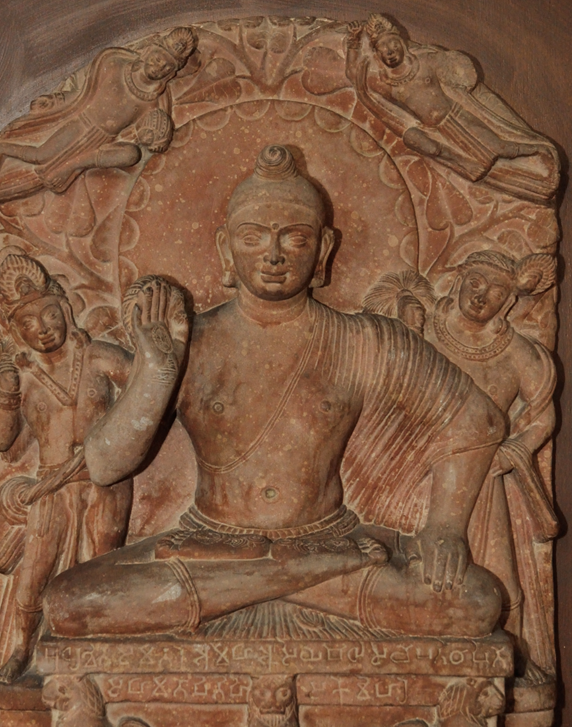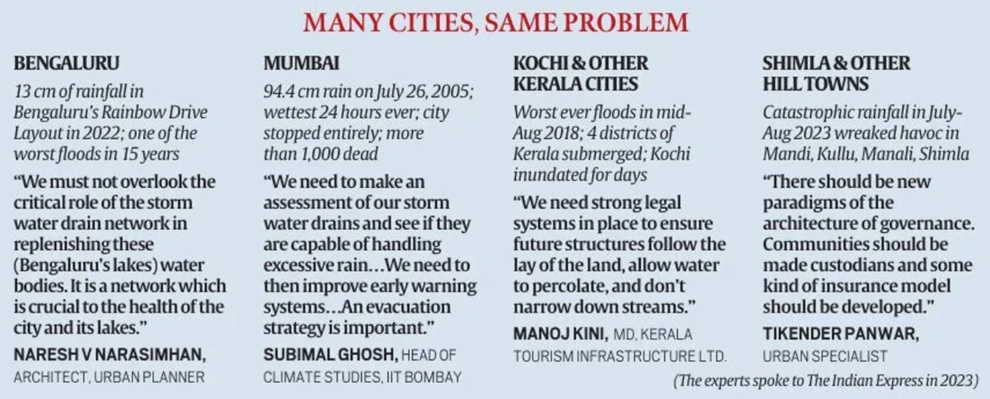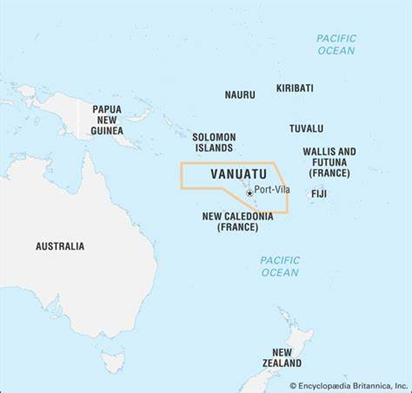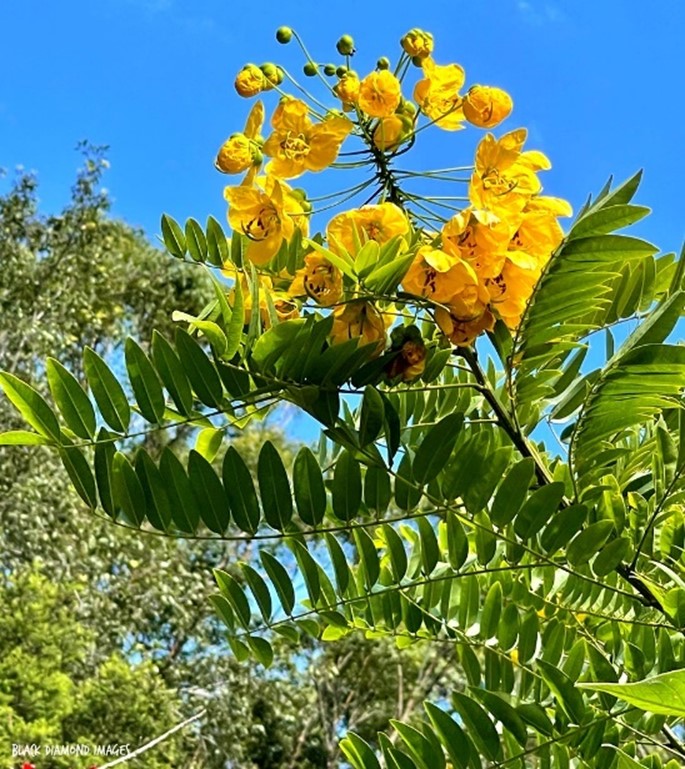IASbaba's Daily Current Affairs Analysis
Archives
(PRELIMS & MAINS Focus)
Syllabus
- Prelims & Mains – Art & Culture
Context: In his first speech as Leader of Opposition in Lok Sabha, Rahul Gandhi on Monday invoked the abhaya mudra, the gesture of the raised open palm that is commonly understood as conveying reassurance and a freedom from fear.
Background:-
- According to Buddhist legend, Devadatta, a cousin and a disciple of the Buddha, upon not being granted the special treatment he expected, plotted to harm the Buddha . He fed a wild elephant intoxicants and drove her on the Buddha’s path. As the disciples scattered before the charging animal, the Buddha raised his hand in the abhaya mudra. The elephant is said to have calmed down immediately, gone down on her knees, and bowed her head to the Buddha.
Key takeaways
- In Sanskrit, the term mudra could mean a seal, mark, sign, or currency, but in the Buddhist context, it refers to “hand and arm gestures made during the course of ritual practice or depicted in images of buddhas, bodhisattvas, tantric deities, and other Buddhist images.

- Mudras are most commonly associated with visual depictions of the Buddha (or Buddharupa), with different gestures conveying different moods and meanings, signifying the subtle manifestations of the Buddha’s states of realisation.
- The earliest depictions of the Buddha in physical form date to roughly around the turn of the first millennium. Depictions started appearing in the Gandhara art from the northwestern edge of the Indian subcontinent.
- In the earliest depictions of Buddharupa, four mudras can be found: the abhaya mudra, or “gesture of fearlessness”; the bhumisparsha mudra, or “Earth-touching gesture”; the dharmachakra mudra, or “gesture of the wheel of dharma”; and the dhyana mudra, or “gesture of meditation”.
Gesture of fearlessness
- The abhaya mudra is described as one typically formed with the palm of the right hand facing outward at shoulder height and the fingers pointing up. Occasionally, the index, second, or third finger touches the thumb, with the remaining fingers extended upward. In some cases, both hands may simultaneously be raised in this posture in a double abhayamudra.
- In Buddhist tradition, the abhaya mudra is associated with the Buddha immediately after he obtained Enlightenment, “portraying a sense of the security, serenity, and compassion that derive from enlightenment”.
- The gesture of fearlessness also identifies the moment when Shakyamuni (the Buddha) tamed the mad elephant, illustrating the Buddha’s ability to grant fearlessness to his followers.
- This is why the abhaya mudra is also seen as a “gesture of protection” or “gesture of granting refuge”.
- Over time, the abhaya mudra appeared in depictions of Hindu deities, and the Buddha himself was absorbed into the Hindu pantheon as the ninth avatar of the Puranic god Vishnu.
- As multiple traditions, practices, and cultural influences mingled in the great melting pot of the Hindu religion, manifestations were seen in art and visual depiction of gods. The abhaya mudra was seen in the depictions, most commonly of Lord Shiva, Lord Vishnu, and Lord Ganesha.
Source: Indian Express
Syllabus
- Prelims & Mains – ECONOMY
Context: The Ministry of Mines is in the initial stages of designing a Production Linked Incentive (PLI) scheme to boost the recycling of critical minerals in India.
Background:
- This move aims to foster a circular economy and bolster domestic supply chains, following a lacklustre response to recent auctions of critical mineral blocks.
Critical Minerals
- Critical minerals are those minerals that areessential for economic development and national security, the lack of availability of these minerals or concentration of extraction or processing in a few geographical locations may lead to supply chain vulnerabilities.
- The Government India has identified 30 minerals as Critical Minerals.
- The30 critical minerals are Antimony, Beryllium, Bismuth, Cobalt, Copper, Gallium, Germanium, Graphite, Hafnium, Indium, Lithium, Molybdenum, Niobium, Nickel, PGE, Phosphorous, Potash, REE, Rhenium, Silicon, Strontium, Tantalum, Tellurium, Tin, Titanium, Tungsten, Vanadium, Zirconium, Selenium and Cadmium.
- They are elements that are the building blocks of essential modern-day technologies.These minerals are now used everywhere from making mobile phones, and computers to batteries, electric vehicles, and green technologies like solar panels and wind turbines.
- Based on their individual needs and strategic considerations, different countries create their own lists.
Proposed PLI Scheme and its need
- The proposed PLI scheme aligns with policy recommendations from NITI Aayog and complements the Battery Waste Management Rules (BWMR), 2022, which mandate phased recycling of used electric vehicle (EV) lithium-ion batteries from 2026 onwards.
- The PLI scheme, while yet to be finalised, will target e-waste recycling– often referred to as “urban mining”– to recover critical minerals such as lithium, copper, cobalt, graphite, chromium, and silicon.
- These minerals are crucial for clean energy technologies like solar PV modules, wind turbines, energy storage systems, and EVs, as well as consumer electronics.
- Some recyclers argue the scheme should benefit only those extracting high-purity critical minerals suitable for reuse as primary inputs.
- Others advocate for a wider scope that includes the production of black mass, which is shredded and processed e-waste rich in minerals including lithium, manganese, cobalt, and nickel, since most Indian recyclers currently lack capacities to extract battery-grade minerals from black mass.
- India’s e-waste generation is poised to surge, driven by rapid growth in solar and wind energy infrastructure and EV adoption.
- Industry estimates project solar PV module waste to jump from 100 kilotonnes (kt) in FY23 to 340 kt by 2030. Additionally, 500 kt of EV batteries are expected to reach recycling units in the coming years.
- Research indicates that recycling critical minerals can significantly reduce the need for virgin ores and new mines.
- The need to incentivise the growth of critical mineral recycling has become all the more urgent after most critical mineral blocks offered by the Mines Ministry failed to pass the technical bids stage, which requires at least three eligible bidders. This indicates a lack of investor interest in domestic mining of critical minerals.
For Your Information:
- The new incentives will also build on the Battery Waste Management Rules (BWMR) notified in 2022 by the Central Pollution Control Board.
- These rules mandate that producers of batteries containing lithium, nickel, cobalt, and lead ensure environmentally sound management of waste batteries through Extended Producer Responsibility (EPR) compliance.
- EPR compliance, based on the polluter pays principle, holds producers accountable for managing the waste generated by their products. Producers can meet compliance by trading credits with recyclers
Source: Indian Express
Syllabus
- Mains – CURRENT EVENT
Context: Unchecked and ill-thought-out urban expansion is the principal reason behind chronic urban flooding in Delhi, and the larger National Capital Region (NCR).
Background:
- Last week, a spell of heavy rain brought parts of Delhi to a standstill. Streets across the city and in the larger NCR were inundated, leading to hours-long traffic block. Water-logging also led to lengthy power cuts, property damage, and loss of life.

Rapidly growing city :
- Delhi is undergoing one of the world’s fastest urban expansions. According to data from NASA’s Earth Observatory, the geographic size of Delhi almost doubled from 1991 to 2011.
- Most of this expansion has occurred on the peripheries of New Delhi, with erstwhile rural areas becoming engulfed in the capital’s urban sprawl.
- Cities outside Delhi, but a part of the NCR — Bahadurgarh, Ghaziabad, Faridabad, Noida, and Gurugram — have also witnessed rapid urbanisation.
- According to the United Nations’ The World’s Cities in 2018 data booklet, Delhi will overtake Tokyo as the world’s most populous city by 2030, with an estimated population of nearly 39 million, roughly two and a half times its population in 2000.
Topography and drainage
- Urban expansion, however, has paid little heed to Delhi’s natural topography. Topography determines drainage patterns.
- If one looks at Delhi’s historic cities — from Tughlakabad, Mehrauli, and Shahjahanabad to Civil Lines, New Delhi, and the Cantonment area — all were carefully selected, and built on higher ground.
- This allowed rainwater to drain out. But as the city has expanded, not enough thought has gone behind building with regards to the land’s drainage capacities.
- Thus, with high-intensity rain there is significant run-off (unconfined flow of water, which occurs when there is more water on the land’s surface than it can absorb), and existing drainage systems have been inadequate.
Concrete everywhere
- Due to urbanisation, water cannot simply flow down the existing natural gradient. Today, much of the water gets channelised into concretised nallahs (drains), which have been turned into sewage dumps.
- Construction in low-lying areas only makes things worse. For instance, many nallahs from across South Delhi, as far as Chanakyapuri and R K Puram, converge at Sarai Kale Khan, a low-lying area in South East Delhi, next to the Yamuna. This is why the urban village sees intense flooding every year.
- Construction in Delhi’s flood plains began as early as the 1900s, when the British decided to build a railway line along the river bed.
Need for water masterplan
- Urban planners need to come up with a “water masterplan”. There has been a consistent neglect of water as a planning resource.
- No comprehensive planning taking into account the city’s clean and waste water flows has been carried out in the last 70 years. This is why, for example, the new Pragati Maidan Tunnel, inaugurated in 2022, has been flooded each monsoon.
- Water bodies which can help manage flooding have also been systematically destroyed. According to official records, Delhi has some 1,000 water bodies. But on the ground there are not more than 400. These 600 ‘missing’ water bodies which could have managed flooding in the city have been filled up, and converted into valuable real estate.
- Unless we stop building in low-lying areas, de-concretise our lawns and pavements, and stop blocking the drains with solid waste, the floods won’t stop. Understanding gradients and working with the lay of the land is crucial.
Source: Indian Express
Syllabus
- Prelims – ENVIRONMENT
Context: Recently, a team of researchers from the Zoological Survey of India recorded the forest-dwelling frog from the Talley Wildlife Sanctuary and named it as Xenophrys apatani.
Background:
- The discovery was made by a team of researchers from the Zoological Survey of India (ZSI) in Shillong, in collaboration with their colleagues from ZSI, Pune, and ZSI, Itanagar.
About Talley Valley
- Talley Valley Wildlife Sanctuary is a protected area located in the Indian state of Arunachal Pradesh.
- The sanctuary ranges in elevation from 1,200 to 3,000 meters (3,900 to 9,800 feet) and features subtropical and temperate broadleaved and conifer forests.
- Notable species include the clouded leopard, Malayan giant squirrel, Indian muntjac, and Asian palm civet.
- Additionally, 130 bird species have been observed, including the black eagle, collared owlet, and Verditer flycatcher.
- The sanctuary is also home to 16 endangered plant species, such as Panax sikkimensis, Acer hookeri, and Lilium grandiflora.
Xenophrys Apatani
- The Xenophrys apatani is a newly discovered species of horned frog found in the Tale Wildlife Sanctuary in Arunachal Pradesh, India.
- It has been named after the Apatani tribe, which predominantly resides in the Lower Subansiri Valley of Arunachal Pradesh.
- It is distributed along the Eastern Himalayan and the Indo-Burma biodiversity hot spots of the country.
Source: Hindu
Syllabus
- Prelims – GEOGRAPHY
- Prelims – GEOGRAPHY
Context: The government of Vanuatu will soon settle into a suite of new buildings funded by China, a move which has reignited concerns about Beijing’s reach in the South Pacific nation.
Background:
- This initiative underscores China’s strategic interests in the Pacific islands, where it has funded major infrastructure upgrades across the archipelago, competing with Western rivals for influence.
About Vanuatu :

- Vanuatu is an island country consisting of a chain of 13 principal and many smaller islands located in the southwestern Pacific Ocean.
- These islands are situated approximately east of Australia.
- The islands extend north-south in an irregular Y shape.
- The northernmost group is the Torres Islands, and southward from there, the main islands include Vanua Lava, Santa Maria (Gaua), Espiritu Santo, Aoba (Ambae), Maéwo, Pentecost, Malakula, Ambrym, Épi, Éfaté, Erromango, Tanna, and Anatom.
- Formerly the jointly administered Anglo-French condominium of the New Hebrides, Vanuatu achieved independence in 1980.
- The capital, largest city, and commercial centre is Port-Vila (Vila), on Éfaté.
Source: Hindu
Syllabus
- Prelims – ENVIRONMENT
Context: The Forest Department has cleared 356.50 hectares of invasive growth that posed a threat to biodiversity conservation in Sathyamangalam Tiger Reserve (STR).
Background:
- Senna spectabilis (Calceolaria shower), a species of the legume family, is native to South and Central America and is grown as an ornamental plant as it has bright yellow flowers. Introduced as shade trees for coffee and firewood in the country, it soon became a threat to native tree species.

SENNA SPECTABILIS:
- Senna spectabilis is a deciduous tree native to tropical areas of America.
- It grows rapidly, reaching heights of 15 to 20 meters in a short period.
- After flowering, it distributes thousands of seeds.
- The tree’s thick foliage hinders the growth of indigenous trees and grass species, causing food shortages for wildlife, especially herbivores.
- It adversely affects native species’ germination and growth.
- Classified as ‘Least Concern’ on the IUCN Red List.
Invasive Species:
- Invasive species cause ecological or economic harm in new environments where they are not native.
- They compete with native organisms, alter habitats, and reduce biodiversity.
Source: Hindu
Practice MCQs
Q1.) Vanuatu island, recently seen in news located in
- Black Sea
- Caspian Sea
- Indian Ocean
- Pacific Ocean
Q2.) Senna spectabilis, recently seen in news is
- Horned frog
- Invasive plant
- Rare disease
- Spider
Q3.) Talley Valley Wildlife Sanctuary, recently seen in news located in
- Meghalaya
- Arunachal Pradesh
- Assam
- Tripura
Comment the answers to the above questions in the comment section below!!
ANSWERS FOR ’ 4th July 2024 – Daily Practice MCQs’ will be updated along with tomorrow’s Daily Current Affairs.st
ANSWERS FOR 3rd July – Daily Practice MCQs
Q.1) – b
Q.2) – d
Q.3) – d












